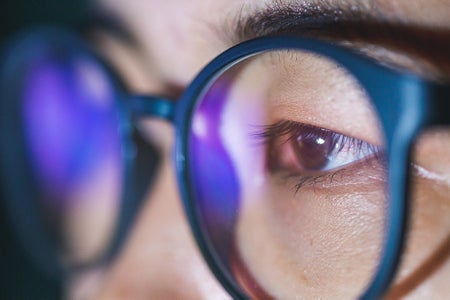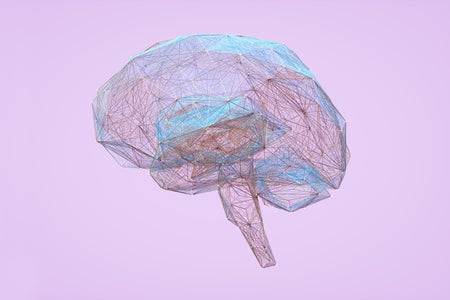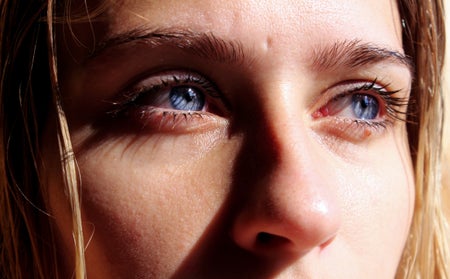
Do Blue-Light Glasses Help with Eyestrain?
An analysis of previous trials suggests blue-light-filtering lenses may not reduce eyestrain or sleep problems

Do Blue-Light Glasses Help with Eyestrain?
An analysis of previous trials suggests blue-light-filtering lenses may not reduce eyestrain or sleep problems

A Rare Form of Dementia Can Unleash Creativity
Frontotemporal dementia can release the creative potential of the brain’s visual areas

Read all the stories you want.

How the Brain Tells Apart Important and Unimportant Sensations
Several recent studies point to a small, long-overlooked structure in the brain stem as a crucial gatekeeper for the body’s signals

These Eye Drops Could Replace Your Reading Glasses
Solutions to age-related vision problems now come in a bottle. How well do they work?

COVID Can Cause Strange Eye and Ear Symptoms
From conjunctivitis to vertigo, coronavirus infections can affect disparate senses

Dinosaurs, in Living Color
Analysis of a fossil bird reveals an unexpected facet of dinosaur life.

Try This at Home: Let Your Ears Move Your Eyes / DIY: Let Your Ears Move Your Eyes
A simple exercise reveals how the ear’s vestibular system affects your vision.

Fact or Fiction?: Carrots Improve Your Vision
Can scarfing carrots really help you see better in the dark?

How The Brain Tells a Volvo from a Maserati?
James DiCarlo is a professor of neuroscience in the Department of Brain and Cognitive Sciences at MIT who researches visual object recognition in primates.

What Is Vertigo? [Video]
// Learn what causes dizziness in this new video from Scientific American‘s Instant Egghead series. In this short movie, I explain how your inner ears work to help you balance, orient yourself and see what’s around you in a stable fashion.

How Blind People Detect Light
Light triggers a quick neural reaction even in blind people

A Transformation of Light: How We See [Video]
Editor’s note: Brain Basics from Scientific American Mind is a series of short video primers on the brain and how we feel, think and act.